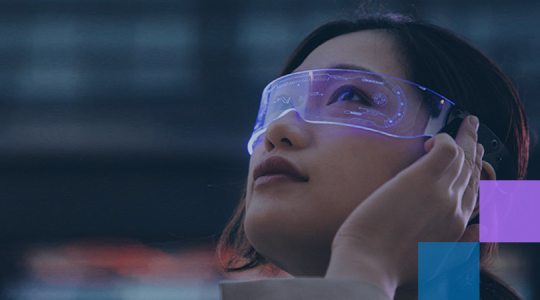Workplace wellness blog
Workplace wellness blog
Keep up-to-date with issues affecting workplace wellbeing. Explore challenges and find solutions that could work for you and your business.

Health Horizons LIVE
Bringing you the latest healthcare trends, interviews with medical experts and global leaders as well as specialist insight from Bupa all designed to keep you and your organisation one step ahead.
The Bupa Academy for workplace health and wellbeing
Shaping the future of the workplace health and wellbeing, together

Sign up for free events
The Bupa Academy is open to anyone who has a company healthcare scheme with us. Learn about healthcare trends and insights, wellbeing strategies and more.
More about Bupa Academy

Mental health - a manager’s guide
Open up about mental health. This manager’s guide includes practical advice, useful tips and expert insights to help everyone’s mental health at work.

Setting healthy workplace goals
Support your employees to set effective goals. This manager’s guide shows you how to set healthy workplace goals and how they can improve employee wellbeing.

Follow our LinkedIn page
Bring the latest news and updates directly to your news feed, in real time. We want to hear from you directly, so we encourage you to like, share, comment and ask us questions.
Find out more about our health and wellbeing cover for your employees
For small to medium businesses
(2-249 employees)
Healthcare solutions for businesses that want to cover between 2 and 249 employees
Learn more
For large corporate businesses
(250+ employees)
Healthcare solutions for businesses that want to cover 250 employees or more.
Learn more
For intermediaries
Company healthcare solutions to help you support your clients boost productivity, morale and wellbeing.
Learn more
Bupa health insurance is provided by Bupa Insurance Limited. Registered in England and Wales with registration number 3956433. Bupa Insurance Limited is authorised by the Prudential Regulation Authority and regulated by the Financial Conduct Authority and the Prudential Regulation Authority. Arranged and administered by Bupa Insurance Services Limited, which is authorised and regulated by the Financial Conduct Authority. Registered in England and Wales with registration number 3829851. Registered office: 1 Angel Court, London, EC2R 7HJ.
Bupa Health Assessments and Occupational Health services are provided by Bupa Occupational Health Limited. Registered in England and Wales No.631336. Registered office: 1 Angel Court, London, EC2R 7HJ.
Bupa Health Assessments and Occupational Health services are not regulated by the Financial Conduct Authority or the Prudential Regulation Authority









